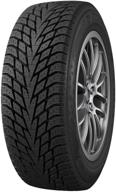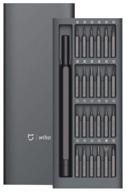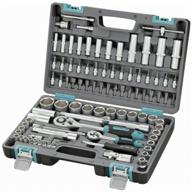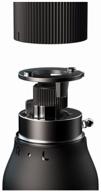
Review on Charge Controller Battery Regulator 24V 72V by Brian Gordon

A good controller for solar e-bike charging
Pros: This controller seems to be designed to charge e-bike batteries from a solar panel by connecting its output directly to the charging port of the battery is connected. The controller is 100% powered. is powered by solar energy and has almost no battery consumption. A blocking diode (or FET) is attached to the positive terminal of the battery. It doesn't even require a battery connection to activate. If the solar energy is not sufficient, it simply switches itself off completely. Low self-consumption. The controller appears to be a true DC boost device tracking (not aiming) the maximum power point. It automatically detects the MPP value and constantly adjusts it during operation. Adapts to changing conditions such as solar radiation, shading, changes in angle. It will turn on automatically when the MPP solar panel voltage reaches 10V and there is enough solar energy to run the controller. Can clean energy at very low levels of sunlight. Example: 100W 24V solar panel, sun completely obscured by clouds, partial shading by trees added. In such conditions, the controller is still working and even delivering a few mW of power to the battery and still charging it. That's not much, but it can be a good investment to keep the battery charged on cloudy days when no load is connected. Although there are several presets for the target battery voltages, the value can also be set freely by the user. Cons: No separate load cables. The load is connected to the battery. Therefore, batteries without a BMS need one to prevent deep discharge. It doesn't appear to have a constant current setting, so it feeds everything it cleans from the solar panel to the battery. Therefore, do not use solar panels that are too powerful, otherwise you will accidentally exceed the maximum charging current of your battery. Does not deliver power continuously. It first charges the internal output capacitors to a user-set target charge voltage. Once the capacitors are charged, the charge is released to the battery. At very low levels of sunlight, a device connected to the battery output may blink at a frequency of about 0.5 Hz if there is insufficient energy to continuously power the device. It is therefore not recommended to directly power anything other than a battery.
- Generators and portable power supplies
- Hard to say
New products
Comments (0)
Top products in 🔋 Jump Starters, Battery Chargers & Portable Power
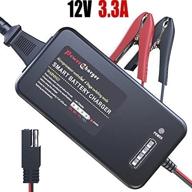
Efficient Charging With LST 7 Stages 5A Battery Charger - 3.3A 12V For Ultimate Performance

35 Review

70mai Jump Starter Max Midrive PS06 black

37 Review
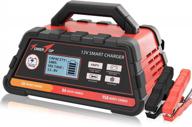
Keep Your Battery Fully Charged With A Smart 12V Charger/Maintainer Featuring Winter Mode

28 Review

Mroinge Automatic 6V/12V Trickle Charger For Vehicles, Motorcycles, Boats And More - Maintain Your Batteries With Ease!

29 Review


